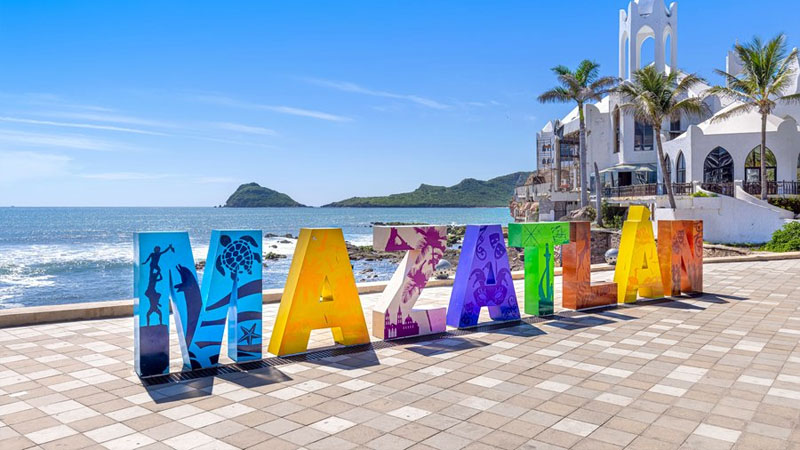Exclusive content

Mazatlán’s shrimp season has opened with bleak results, as shrimpers in the 2024-2025 cycle grapple with unprecedentedly low yields. Industry insiders, led by Jesús Omar Lizárraga Manjarrez, president of the Union of Shipowners of the Pacific Coast, report that shrimp catches are dwindling at an alarming rate, with production from the first trip estimated to be down by as much as 60 percent. For Mazatlán’s shrimp sector, which heavily relies on early-season catches, these numbers are distressing.
Fishing vessels that ventured out this season returned with little to show for their efforts. This initial haul is expected to yield just 40 to 50 percent, or even as little as 60 percent, of last year’s production levels. The signs are ominous, signaling potential financial distress for the fishers and shrimp companies relying on robust early harvests to anchor their seasonal operations.
Ahome’s Shrimpers Suffer Declines
The predicament extends beyond Mazatlán to other coastal shrimping hubs, including Ahome, where shrimp catches have plummeted by an estimated 60 percent. Industry experts in Ahome echo the concern voiced by Lizárraga Manjarrez, pointing to similarly low shrimp yields despite strategic attempts to delay the start of the season.
Fishing companies had hoped that the extra time would allow shrimp to mature, producing a larger volume by the October 17 start date. However, despite this delayed launch—a full month later than the previous year—early-season numbers suggest that these adjustments have not translated into improved yields.
Hopes Dashed by Poor Market Conditions
The lackluster yield is compounded by adverse market conditions. Lizárraga Manjarrez conveyed the industry’s dismay, noting that companies that managed to harvest anything this season face both low shrimp prices and sluggish demand.
This is a recipe for worry across the fishing sector, as fishers and owners alike face rising operating costs without the cushion of ample or high-value sales. The risk is high that profits will fall far below expectations, placing immense pressure on smaller operations already contending with the high costs of fuel, maintenance, and labor.
Waiting Game Gone Wrong
Reflecting on the decision to delay the start of the season, Lizárraga Manjarrez expressed disappointment that strategic planning did not yield a higher volume. Authorities and fishing leaders had opted to wait for the shrimp population to mature, aiming to maximize yield per outing.
But the delay has been to little avail, as the results on the high seas have been deeply underwhelming. While the delay tactic was rooted in science-backed projections, reality has not aligned with those hopes